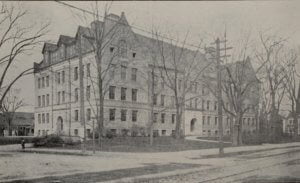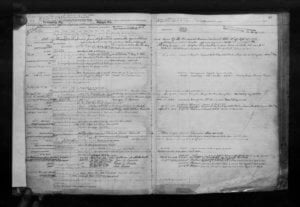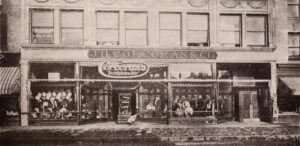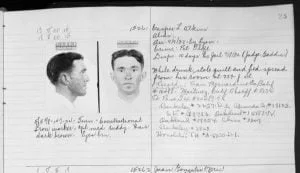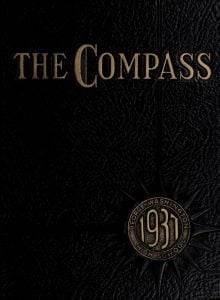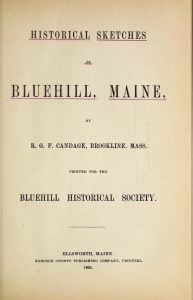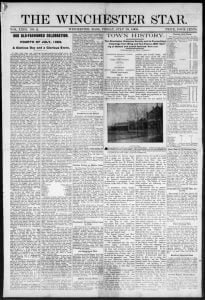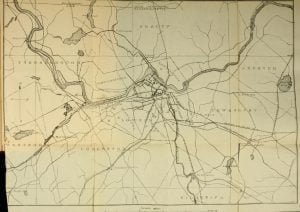Newtonville Massachusetts High School Yearbooks 1910-2012
The Newton Public Library has uploaded all of the Newton High School Yearbooks from 1910 through 2012 to InternetArchive. We provide quick links to each edition in chronological order below. Each link takes you to the volume for that year (some years had 2 volumes) enabling you to peruse and read the yearbook. If you want to download a copy there is a link at the top that enables you to do so for free.

